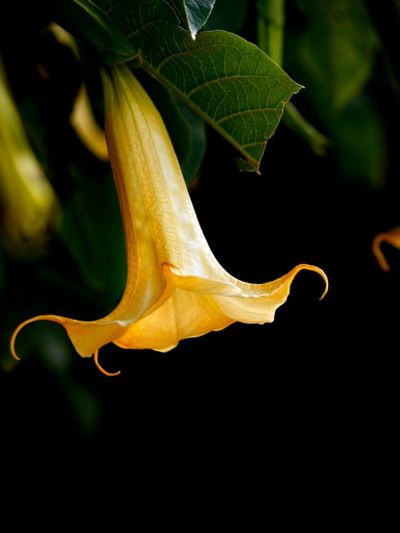Reasons for Brugmansia Not Blooming
Here are the most common reasons for brugmansia not blooming.
Not old enough
A brugmansia must be mature before it can produce blooms. If your brugmansia was started from seeds, it may take up to five years to bloom. If your brugmansia was started from a cutting, it may take three to four years before it blooms. They can bloom sooner than this, but if your brugmansia is younger than what is listed above, this is most likely the cause.
Not enough water
Due to the tropical nature of brugmansia, they need large amounts of water to remain healthy. If your brugmansia is container-grown, you will need to water it twice a day in hot weather, but make sure that it has adequate drainage. If your brugmansia is grown in the ground, it will need the equivalent of 4 to 5 inches (10-13 cm.) of rainfall each week. A brugmansia will be able to survive on less water than this, but will be stressed and less likely to produce blossoms.
Not enough fertilizer
Brugansia are heavy feeders. If your brugmansia is not producing blossoms, it may be that it does not have enough fertilizer. It is best with brugmansia to use a liquid-based fertilizer, rather than a slow-release fertilizer during the active growth period. This is because a slow-release fertilizer may not release enough nutrients to the plant to enable it to have the energy to produce blossoms. Use liquid fertilizer on your brugmansia two to three times a week.
The container is too small
If your brugmansia is container-grown, it needs to be repotted regularly. Without regular repotting, a brugmansia will become root-bound, which can damage the plant’s ability to grow healthy and produce blossoms. Your brugmansia should be repotted every two to three years in order to grow as it should. With some patience and love, your brugmansia will produce blossoms. Follow these steps and your brugmansia will be full of blossoms in no time at all.
